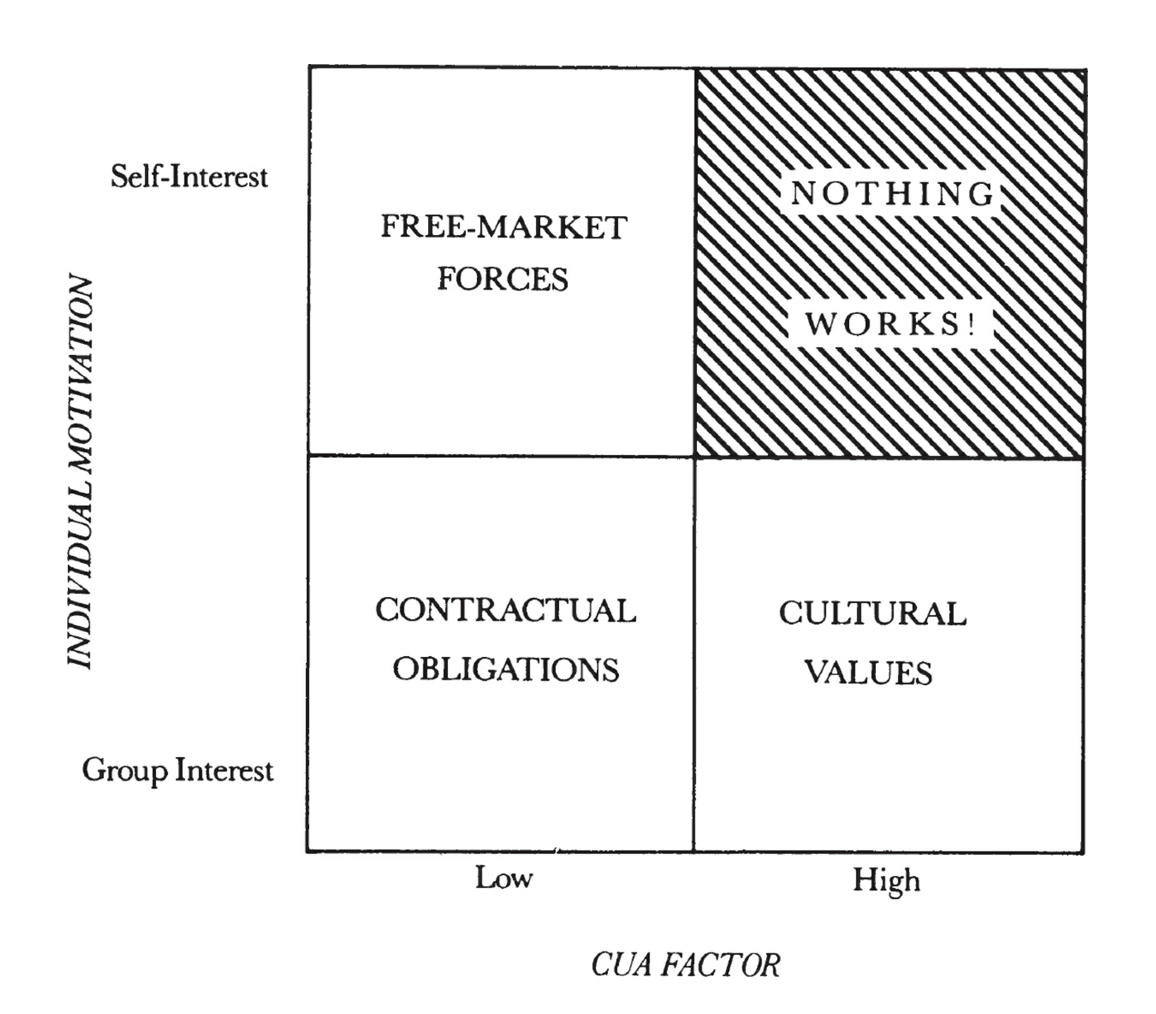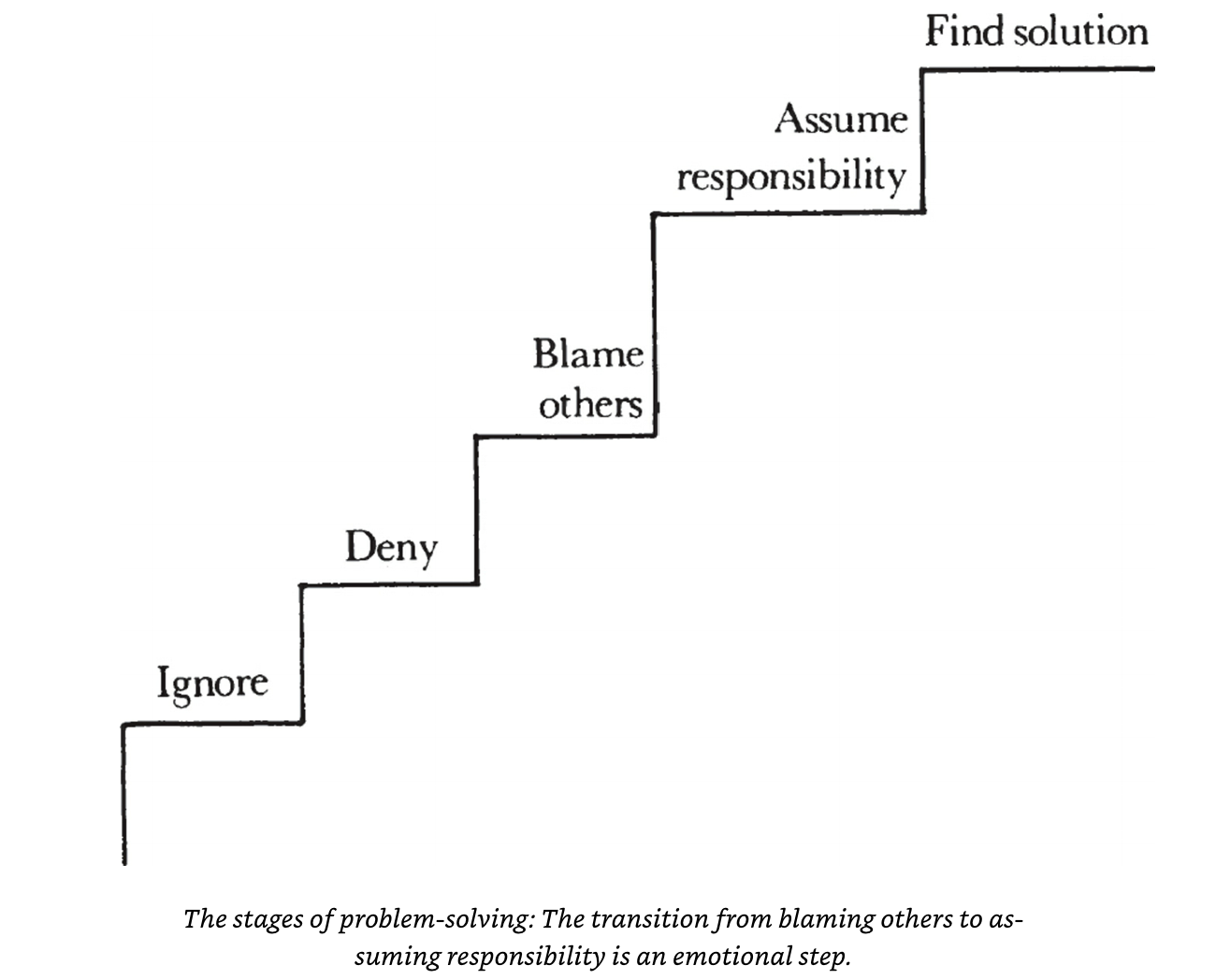Book Notes: High Output Management by Andy Grove
I am writing a series of posts on management books including High Output Managment, Measure What Matters, The Score Takes Care Of Itself, and Trillion Dollar Coach.
Subscribe by RSS or Email to get updates.
High Output Management is concerned with improving the performance of technology company managers. It contains three central ideas:
- An output oriented approach to management.
- The output of a manager is the output of organizational units under his or her supervision and influence.
- High productivity depends on performing high leverage tasks.
Leverage and the Factory Metaphor
The author uses a manufacturing production metaphor to support his thesis. The basic requirements of production are to build and deliver products in response to the demands of the customer at a scheduled time, at an acceptable quality level, and at the lowest possible cost.
Production consists of tasks that are arranged in steps. The first thing we must do is determine the limiting step. The limiting step is the point where the highest leverage can be applied.
Leverage is the output generated by a specific type of work activity. An activity with high leverage will generate a high level of output. An activity with low leverage will generate a low level of output.
Managers and Leverage
A manager’s output is the output of his organization and the output of the neighbouring organizations under his influence. A distinction must be made between the activities that a manager performs and output that is actually achieved.
A manager’s output is the sum of the result of the individual activities having varying degrees of leverage. The key to high output means being aware of leverage.
Managerial productivity can be improved in three ways:
- Increasing the rate at which activities are performed.
- Incresing the leverage associated with activities.
- Shifting from low leverage activities to high leverage activities.
High leverage activities can be organized in three ways:
- When many people are affected by one manager.
- When a person’s activity is affected over a long period of time by a manager’s brief, well-focused set of actions.
- When a large group’s work is affected by an individual supplying a unique, key piece of knowledge.
Managers and Monitoring
How often a subordinate should be monitored depends on his task-relevant maturity. Task-relevant maturity is the amount of experience and prior performance with a specific task.
Monitoring is a form of quality assurance. Quality assurance should be added at the lowest-added-value stage of process based upon task-relevant maturity.
For example, for senior engineers with high amounts of experience, code can simply be reviewed at the time a pull request is created. Training and review before a task is started is required for junior engineers with low amounts of experience.
Managers and Calendars
As an individual contributor, I am used to Getting Things Done. This means getting things out of the calendar, email, Slack, and meetings and onto my TODO list that I sequentially grind through in a focused manner.
High output management requires the opposite mindset. The calendar must be used as a production planning tool by:
- Filling holes between time-critical events with non-time-critical but necessary activities.
- Saying no to work beyond your capacity.
Managers and Meetings
Manufacturers turn out standard products. Managers must take a similar approach pinning down the types of interruptions they see and preparing standard responses. This is the role of meetings.
Sets of similar chores should be batched together. These should be accumulated and handled at once in staff and one-on-one meetings. An event that was irregular must be standardized and turned into something regular.
There are two general types of meetings:
- Process-oriented meetings take place on a regular schedule and are for knowledge exchange.
- Mission-oriented meetings are one off events designed to solve a specific problem.
Managers and Decisions
The output of meetings are decisions. High output decisions need to settle six important questions:
- What decision needs to be made?
- When does it have to be made?
- Who will decide?
- Who will need to be consulted prior to making the decision?
- Who will ratify or veto the decision?
- Who will need to be informed of the decision?
Managers and Objectives
Difference analysis is determining what the environment demands of you today and what the environment will demand of you in the future. How you react to this gap is the key outcome of a planning process.
This is the basis of a successful Management by Objective (MBO) system:
- Objective: Where do I want to go?
- Key Results: How will I pace myself to see if I am getting there?
Managers and Dual Reporting
Mission-oriented organizations are split into business units with little tie-in to other business units. Function-oriented organizations are split into units grouped by function.
This yields Grove’s Law: All large organizations with a common purpose end up in a hybrid organizational form.
For managers to be high leverage:
- They must accept hybrid organizations.
- They must master dual reporting.
Managers and Modes of Control
There are three main ways that actions can be influenced:
- Free-market forces
- Contractual obligations
- Cultural values
Management creates a common set of values through articulation and by example.
Given a set of conditions, there is always a most appropriate mode of control. This is governed by a person’s motivation and their environment. Environmental factors are an index of complexity, uncertainty, and ambiguity which is called the CUA factor.

Managers and Performance
There are two reasons why a person may not being doing their job:
- They are not capable.
- They are not motivated.
There are two ways to improve performance:
- Training
- Motivation
The ideal manager is an excellent coach that:
- Takes no personal credit for the success of the team and as a result the team trusts him.
- He is tough on the team and gets their best performance out of them.
- A good coach was likely a good player at one time.
Managers and Feedback
The goal of a assessment is to improve performance. This can be done by assessing the employees skill level and closing gaps. And also by intensify the employees motivation.
There are three keys when delivering a review:
- Leveling: clearly providing praise and criticism
- Listening: employing all of your senses to make certain you’ve been heard
- Leaving yourself out.
Given a performance problem, there are 5 stages in performance problem. The biggest step is assuming responsibility because it requires both an intellectual and emotional step.

